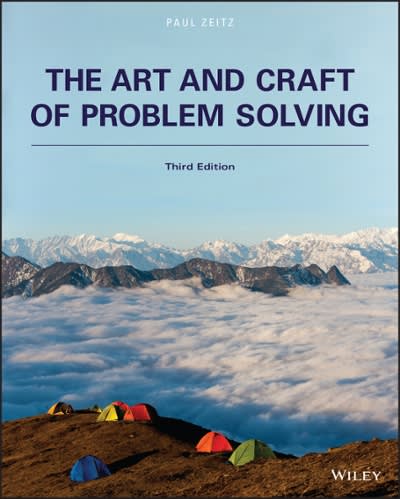Answered step by step
Verified Expert Solution
Question
1 Approved Answer
I donot understand why Taylor series is used here to derive pressure? And partial derivative. Please explain in calculus way. I really need to understand

I donot understand why Taylor series is used here to derive pressure? And partial derivative.
Please explain in calculus way. I really need to understand this ..

Step by Step Solution
There are 3 Steps involved in it
Step: 1

Get Instant Access to Expert-Tailored Solutions
See step-by-step solutions with expert insights and AI powered tools for academic success
Step: 2

Step: 3

Ace Your Homework with AI
Get the answers you need in no time with our AI-driven, step-by-step assistance
Get Started


